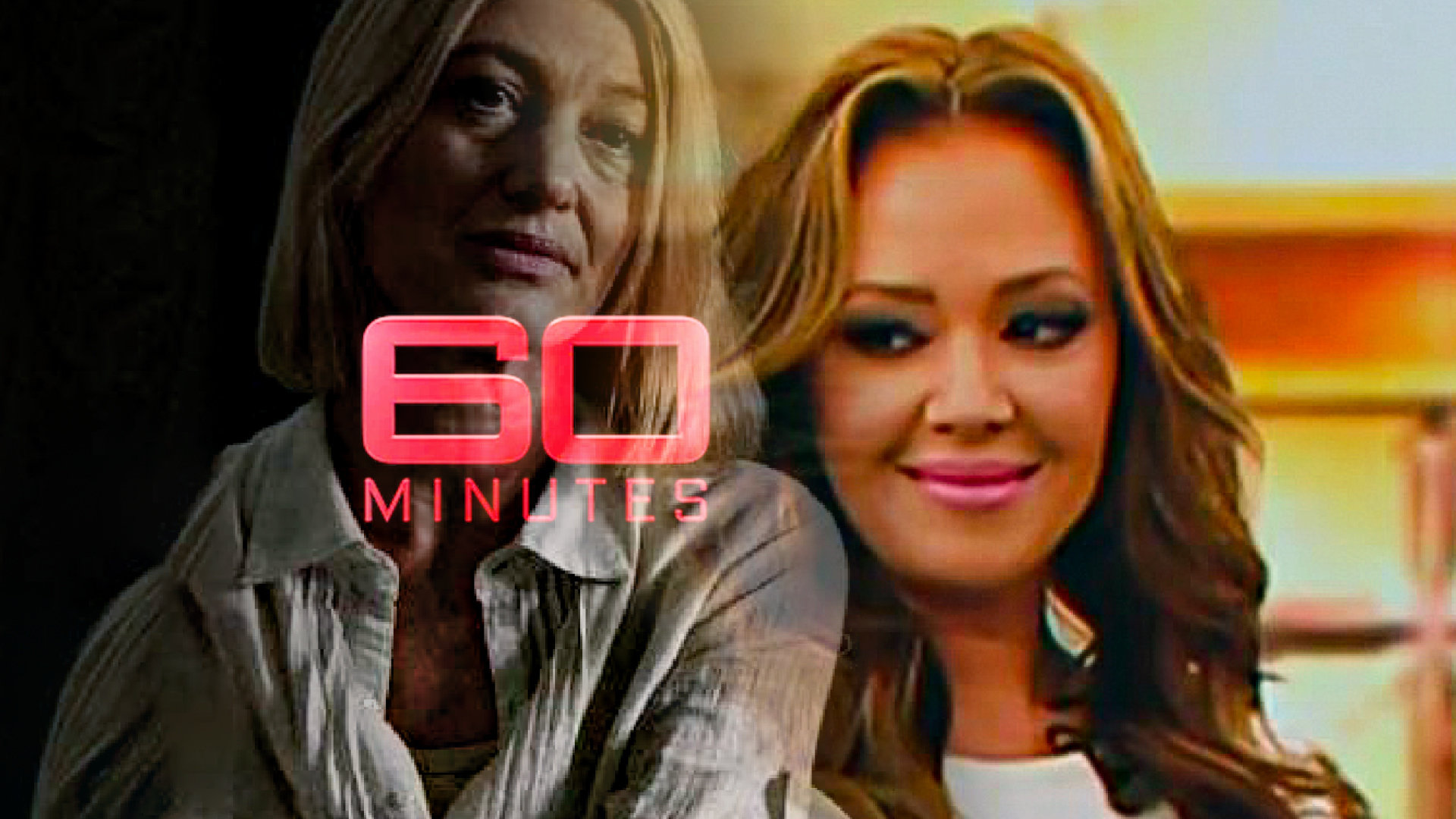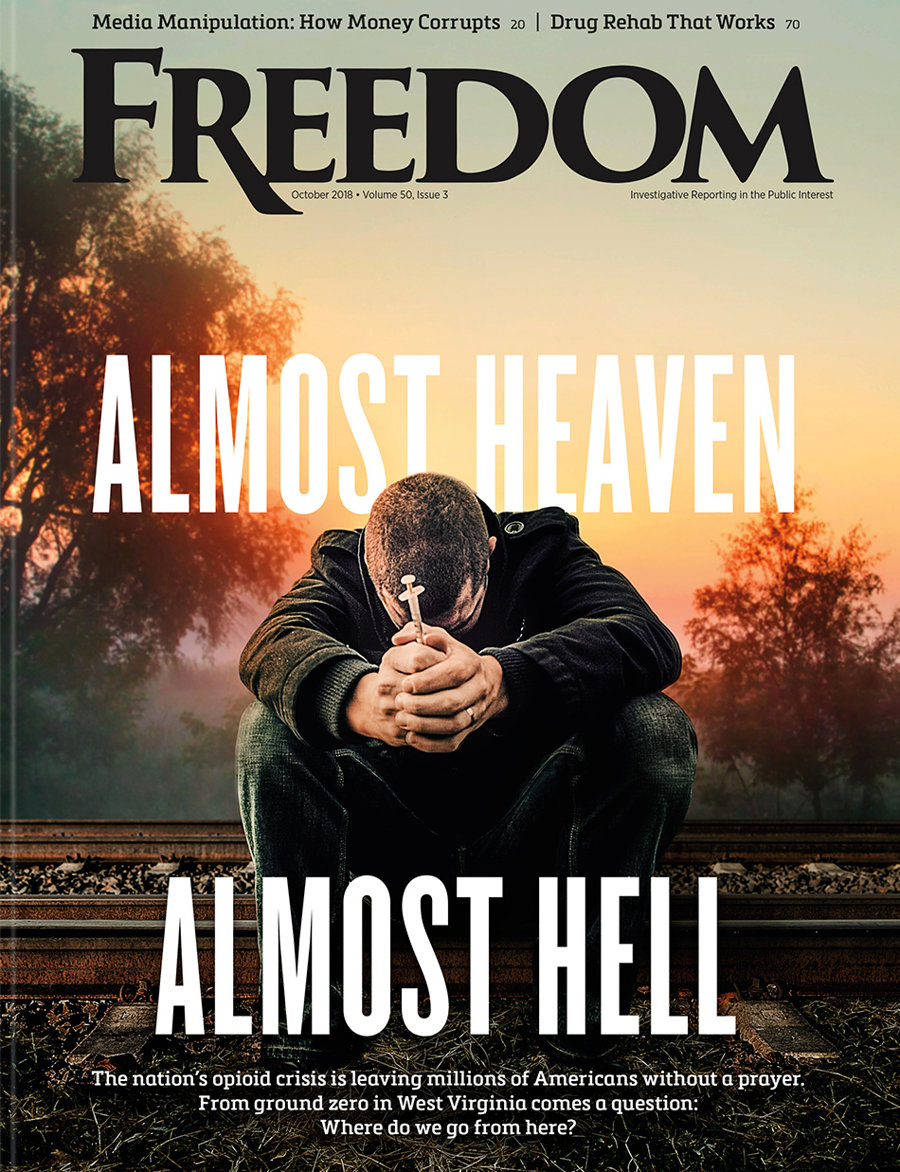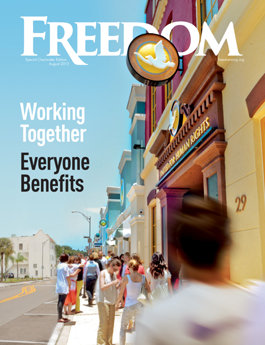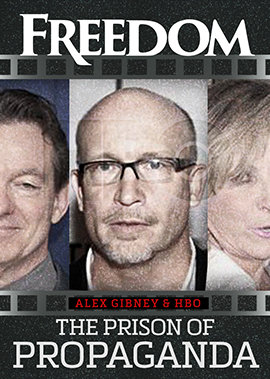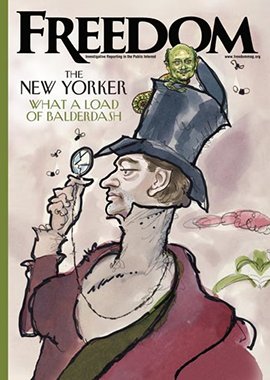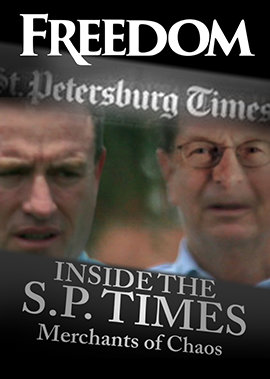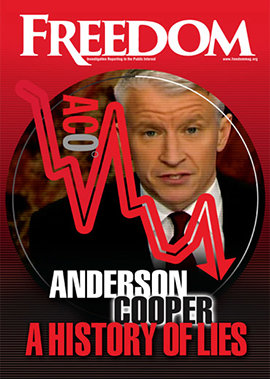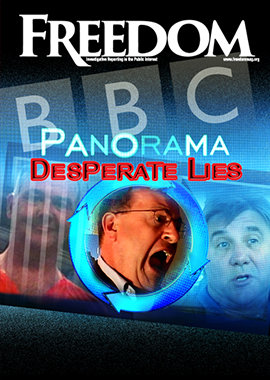But all they achieved was disgrace to the publication’s name.
This grand dame of Australian dailies celebrates its 180th birthday this year. Its sister publication in Melbourne, The Age, is a more youthful 167 years old. Both were part of the venerable Fairfax family media empire in Australia until a merger in 2018 put the papers in the hands of public stockholders.
But both journalistic institutions have forgotten what makes a newspaper credible—the integrity of its reporting, demanded by editors who are committed to publishing the truth—and its responsibility to require its reporters to adhere to the long traditions from which good journalism was once cultivated there.
This week, the Herald and The Age published a pair of articles by Ben Schneiders, purported to be “investigative” reports on Church of Scientology history and activities in Australia. The stories tout the reporter’s investigative skills in “uncovering” financial details of the Church’s operations there, which it characterizes as shrouded in secrecy.
But most of what the paper and its “investigative reporter” Mr. Schneiders uncovered was more dramatic evidence of how the institution of journalism, and the principles that the Fairfax media family operated under, have been tossed under the corporate bus in favor of naked antireligious hatemongering.
Mr. Schneiders’ big scoop came with a click of an internet link to a government website which for years has posted public financial information filed with the Australian charities agency by the Church of Scientology, which discloses its nonprofit financial activities, as required of all nonprofit organizations in Australia as required by law. With this investigative prowess, which also included looking up census data under which some but not all individuals report religious affiliations, Mr. Schneiders reported that numbers of Scientology practitioners had fallen even as the Church had grown its “profits” by money he suggests was “funneled” into the Australian church.
The implications—and apparently the intent—of the reporter was to give credence to long-discredited arguments perpetuated exclusively by a handful of anti-Scientologists who seek to propagandize against the Church’s religiosity. That courts around the world, and most particularly in Australia, have unequivocally declared Scientology a religion, after undertaking thorough reviews, was of no interest to the Herald and The Age. Its inclusion would have undermined the thesis of their twin propaganda pieces.
Mr. Schneiders bragged to a reporter in an interview in 2016 that he had no formal training in journalism. Most journalists agree that reporting skills are learned primarily on the street. But apparently Mr. Schneiders missed lessons there too.

His interviewer asked him whether there was “anything he wouldn’t do” to get a story, and he opined about the limits of ethics. “It’s a real privilege to be a journalist and it’s something that if you wanted to you could easily abuse,” he said then.
And abuse it he has.
In his ‘exposé’—secrecy-shrouded details that any citizen with a cellphone could have found if they cared to look—he quotes two sources to support arguments in which he propagates what has long been proven to be unsubstantiated criticism of the Church and tabloid reporting about it.
One of those sources, a former member of Church staff, Mike Rinder, came from a family of founding Scientologists in Australia—who have long since distanced themselves from him. Schneiders fails to mention that Rinder was excommunicated for malfeasance, violence, suborning perjury, and other violations of Church ethics. Nor does he mention that Rinder earns his living as a paid critic of the Church, nor that his family has charged that his domestic violence led to permanent injuries of a family member—and their estrangement from him.
Schneiders’ other source is Tony Ortega, who he describes as a “Scientology researcher” and who was once editor of the Village Voice weekly newspaper. He does not mention that Ortega is also a paid critic of the Church, that he was fired from Village Voice for his anti-Scientology obsession, nor that Ortega promoted, defended and protected during that editorship a lucrative sex-trafficking website that earned his paper millions of dollars—and eventually sent his publisher-bosses to prison.
Mr. Schneiders sits on a high horse in his description of his ethics but slips from the saddle to the mire when he demonstrates a different gait. He contacted the Church for comment and gave a list of questions, but failed to identify the well-compensated Church critics who were then the named sources in his stories supporting his accusatory reporting.
That is dishonest journalism, as any journalism professor will note. It’s a question of giving fair opportunity to comment—when fairness is on the agenda.
But more to the point of it all is the fundamental and fatal flaw in Mr. Schneiders’ exposé’. He declares that the Church made a ‘profit’ from its financial activities and apparently draws this conclusion from the physical forms on which such financial disclosures are made. Because those financial forms use the terminology “profit and loss,” as they do with any corporation, he takes the terms literally. The assets and resources of the Church—a legally nonprofit and tax-exempt organization—are used for its spiritual and community missions. Nothing else. In fact, the funds in question went toward beautiful new Churches of Scientology which now serve as homes for their communities and sites from which all Church-sponsored humanitarian programs are coordinated, as well as where nonprofits of every description are welcomed and hosted for their own gatherings, events and activities. If he were so inclined to do real investigative reporting, our proudly unschooled reporter might have uncovered that.
Finally, his stories suggest that nonprofits in Australia have a community service requirement, implying the Church does not. Schneiders needs to brush up on his research—any whatsoever would do. He could have, as but one example, interviewed any of dozens of Volunteer Ministers of the Church of Scientology as they fed thousands of meals to weary firefighters on the recent firelines as blazes devastated parts of Australia. We’re certain he saw the distant smoke.
Ultimately, what is most unconscionable is that Schneiders refused to look. Instead, he went directly to those whom he knew would feed him the story he was seeking—one of scandal, one of deception, one of vast sums and shady dealings.
We’re certain there’s such a story in Australia to be told. But it’s not about the Church of Scientology.
And the Australians misled and disserviced by The Age and the Herald deserve to have their nation’s history rightly told.
It’s one that very much includes a thriving Church of Scientology and all the help it and its members have brought to the Australian communities they so love.





